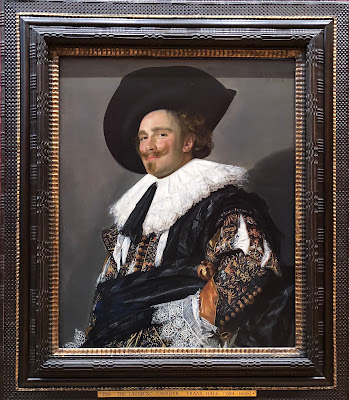Featured Posts
-
An annotated version of Raphael's 'The school of athens' also known as 'The School of Philosophy' - 1509 Click to...
-
In situ derived from the Latin phrase, meaning 'in position'. With regard to art, 'in situ' refers to works of art which are...
-
This post will hopefully help you to remove the Subscribe posts (Atom Feed) at the bottom of your blogger page or post page. Go to dashboa...
-
1. Changing the code for in-post and Labels widget. First, login to your Blogger account. Go to Dashboard --> Design --> Edit HTML...
-
The National Gallery of London, 1838 The term is derived from the Italian architect Giambattista Piranesi. The Italian architect and art...
Labels
A
All'Antica
Ancient
Antique
Antiquity
Approach
Architecture
Art
Art History
Art History Timeline
Art Term
Art Term a Week
Artist
Avant-garde
B
Baroque
Basics
Blogger Tips
C
Caravaggio
Catholic Reformation
Church
Classical
Clerestory
Culture
D
Definition
Devotion
Documents and Sources
Draftsmanship
Draughtsmanship
Drawing
Dutch
E
Edouard Manet
European Art
Exhibition
F
Feature
Film
Flemish
French Art
G
Genre
Genres
Georges Seurat
Gladstone and Disraeli
Gothic
Greek
H
History
I
J
K
L
M
Manuscript
Meaning
Medieval
Modern Art
Modern Painting
Movements
Music
N
O
P
Painting
Pop Art
Q
R
Religious
Religious Imagery
Renaissance
Revision
Revision Notes
Rococo
Roman
Romanesque
S
Sculpture
Society
Sponsor
Study
Style
Symbolism
T
Technique
Techniques
Technology
Television
Terms
Travel
U
V
Videos
W
Wiki
X
Y
Z

Avant-garde,
C,
Classical,
Definition
Wednesday, 4 July 2018
Composition is the arrangement of elements within a work of art
In a general sense of the term, a composition represents any piece of music or writing, painting or sculpture, can be referred to as a composition, the term usually refers to the arrangement of elements within a work of art. An artist arranges the different elements of an artwork so as to bring them into a relationship satisfactory to them and, it is hoped, the viewer.
In the classical school of painting, triangular or pyramidal compositions were used because they created a sense of balance and harmony by arranging the figures into a stable overall geometric structure.
The notion of composition as the adjustment of the relationships of the elements of the work within the border of the canvas, remained unchallenged through the upheavals of the early modern movements such as cubism and abstract art.
In the late 1940s the American abstract expressionist painter, Jackson Pollock, introduced what came to be called allover composition, and the traditional concept became known as relational composition
Subscribe to:
Posts (Atom)
ArtMumble.com © All rights reserved. Part of Mumble Media. Powered by Blogger.



